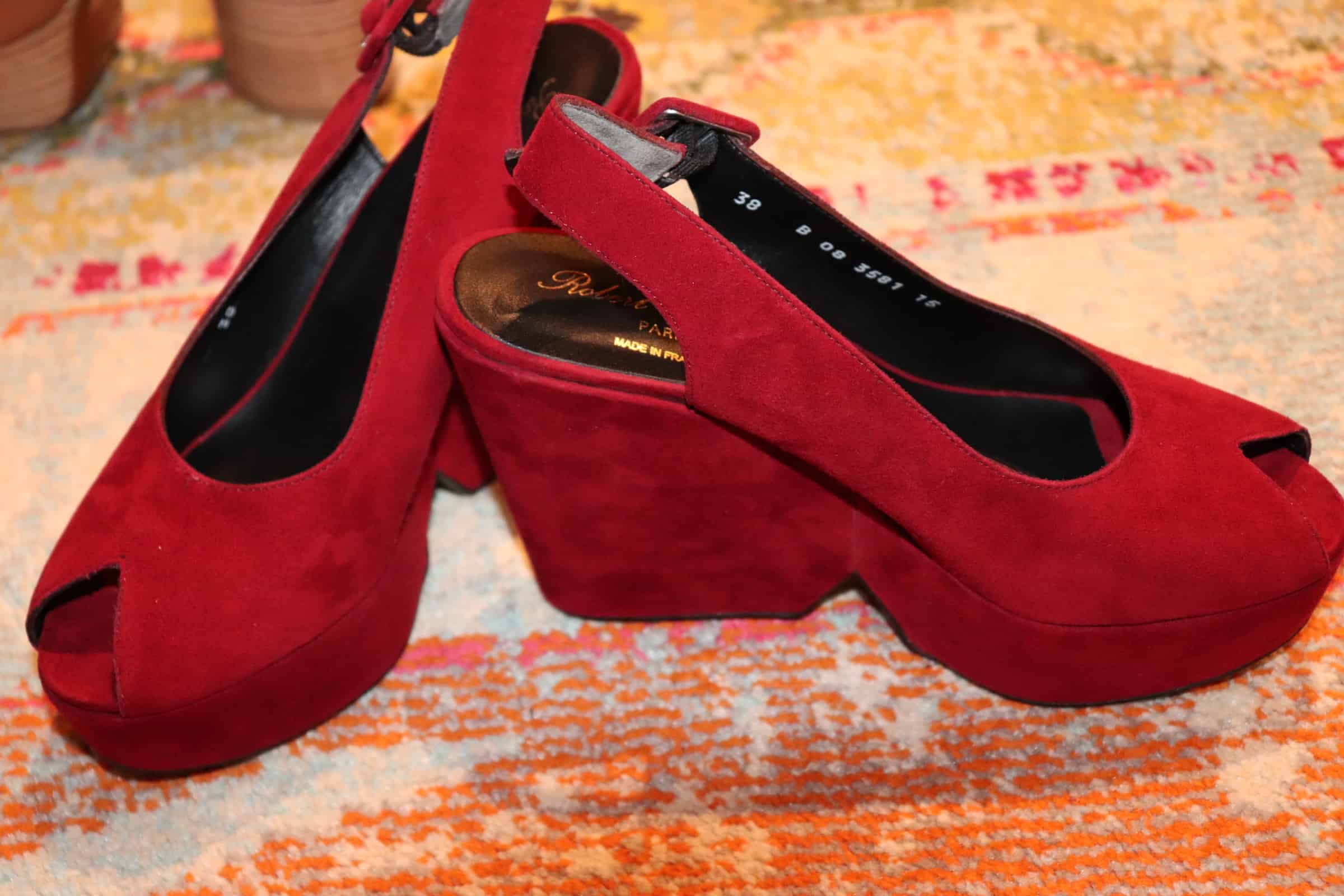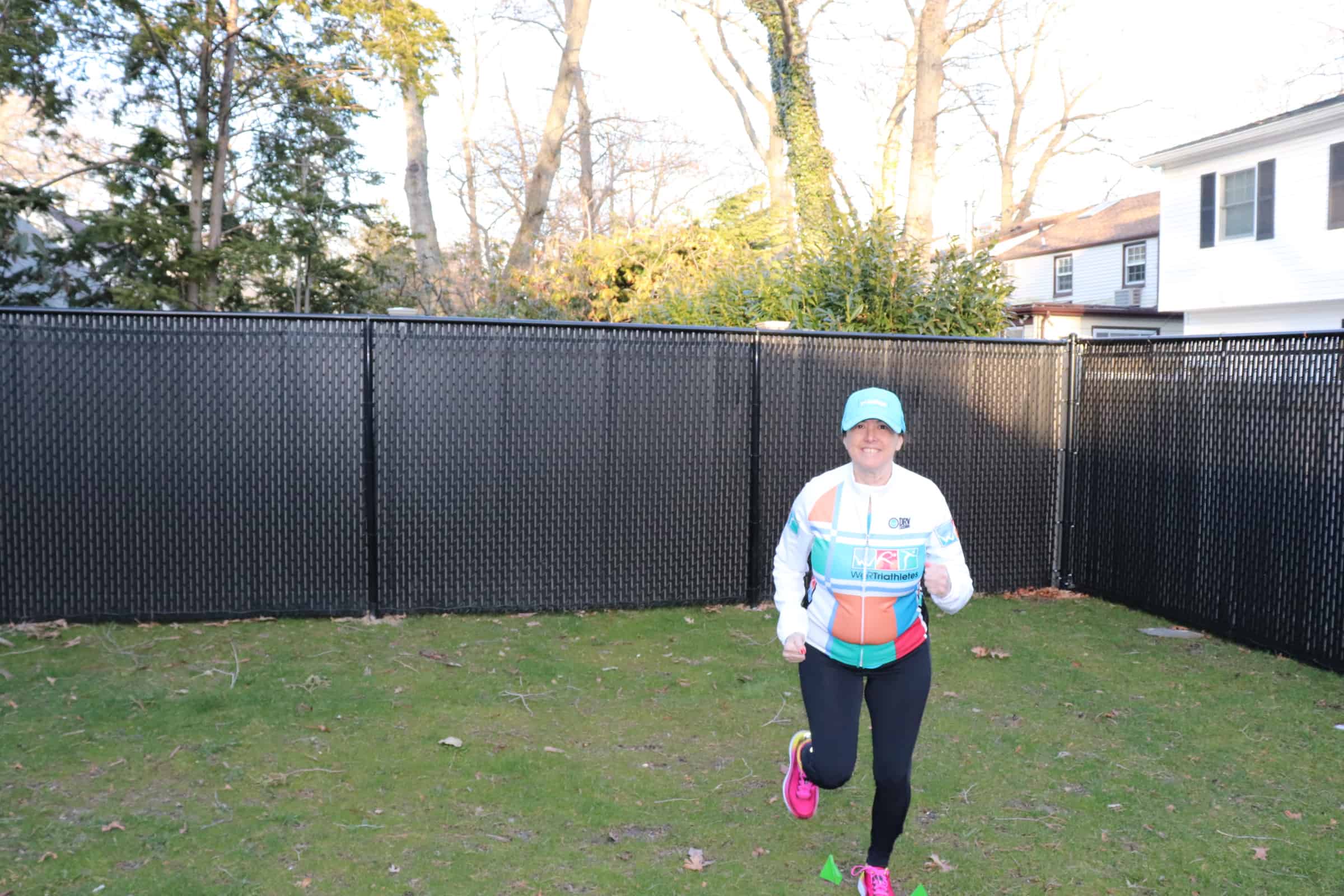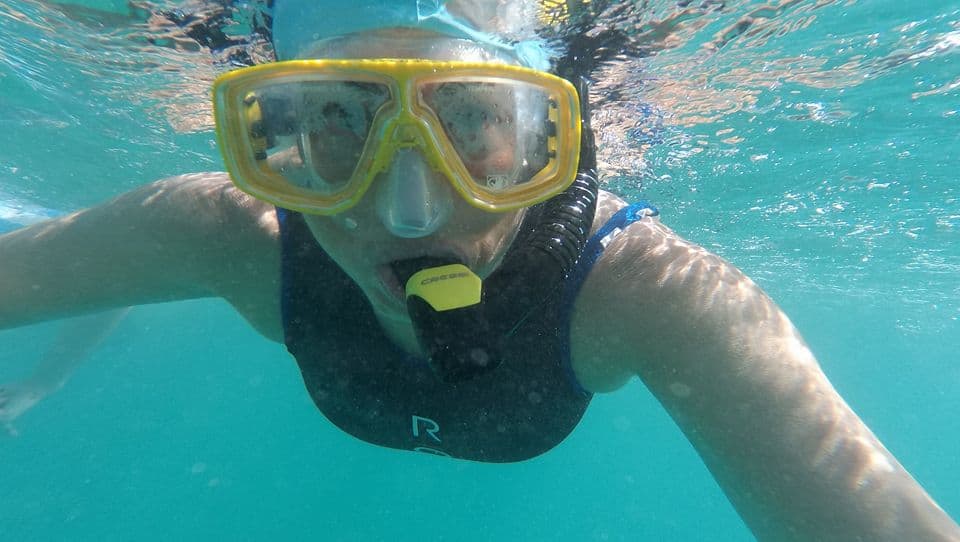There has been lots of discussion in the media for several years concerning the “barefoot running movement.” While some believe running unshod is similar to the natural way that our ancestors ran thousands of years ago, there are some caveats we all should know.
By avoiding footwear, we are exposed to several potential injuries, including cuts, bruises, and puncture wounds due to a lack of protection. Slipping and falling may easily occur because of a loss of traction. Also, the lack of support from barefoot running often leads to ankle sprains, stress fractures, and heel pain. Some argue that running without sneakers can strengthen the feet. This may be true for those who gradually increase their barefoot workouts and are able to avoid injury, however many experience serious foot concerns.
According to Alicia Chang of the Athens Banner-Herald, on 05/22/12, as cited by PMNews in May of 2012, podiatrists around the U.S. are seeing an increase in barefoot running injuries. Dr. Paul Langer,DPM, of Minneapolis, Minnesota, states that he has seen twice as many barefoot running injuries since last year. Dr. Bob Baravarian, DPM, chief of podiatry at UCLA Medical Center in Santa Monica, California, states that he has seen a fair number of heel injuries and stress fractures among first time barefoot runners who are not used to the different forces of as forefoot strike.
The best places to run barefoot are those which are free of any obstacles and will reduce the forces on the feet. Ideally, the wet sand on a beach free of rocks, shells, and jellyfish, or a grassy field with no holes will provide a safe environment for running without footwear. The soft, wet sand and the grass will provide some shock absorption and cushion as you move across its surface. Running on street roads and concrete can be very hazardous to bare feet.
Many individuals this time of year are wearing flip-flops. Unfortunately, they are very unstable and not supportive, and may lead to stress fractures, heavy calluses, and ankle sprains. While they are easy to wear, rather comfortable, and convenient, their usage is strongly discouraged. Although somewhat more protective than going barefoot, flip-flops should be avoided. A sandal that straps around the ankle is preferred as it will provide better overall support and stability.
Taking good care of your feet can be your first step towards good health. Remember, your feet are the foundation for your body.
Best wishes for a pleasant summer season.
——————————–
Dr. Bruce Pinker, DPM, AACFAS, AAPWCA is a podiatrist located in NYC and Westchester. Follow him on Twitter @Docpinker4feet
——————————————————————————————————————————–
DISCLOSURE: NO CONNECTION, UNPAID, NOT MY OWN
I have not received any compensation for posting this content. The views expressed in this guest blog do not necessarily reflect the views and policies of HJMT. Individual links could be associated with affiliate marketing sites and through the use of affiliate links contained herein, I may collect fees from purchases made.




